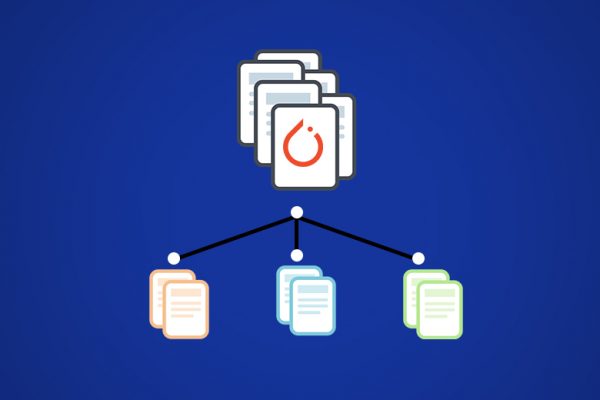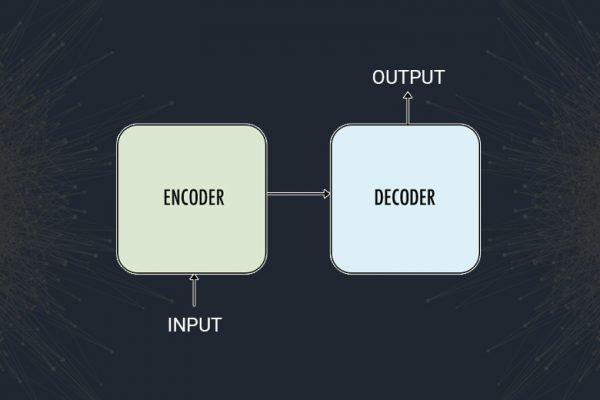A Guide to Building an Intelligent Chatbot for Slack using Dialogflow API
Introduction Breakthroughs in the field of Natural Language Processing (NLP) have seen a sudden rise in recent times. The amount of text data available to us is enormous, and data scientists are coming up with new and innovative solutions to parse through it and analyse patterns. From writing entire novels to decoding ancient texts, we have seen a variety of applications for NLP. One of the most popular applications is a chatbot. Organizations like Zomato, Starbucks, Lyft, and Spotify are leveraging […]
Read more




